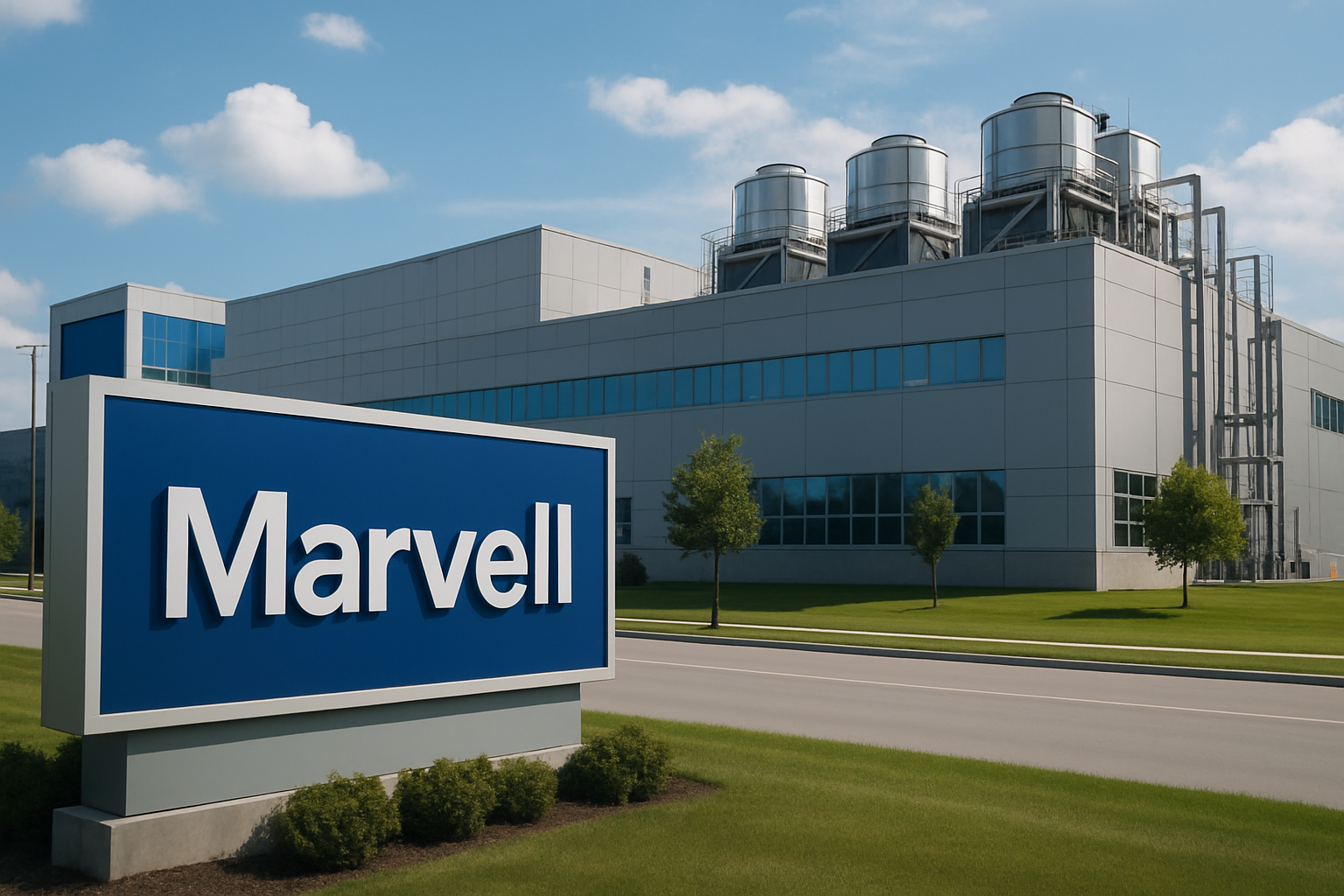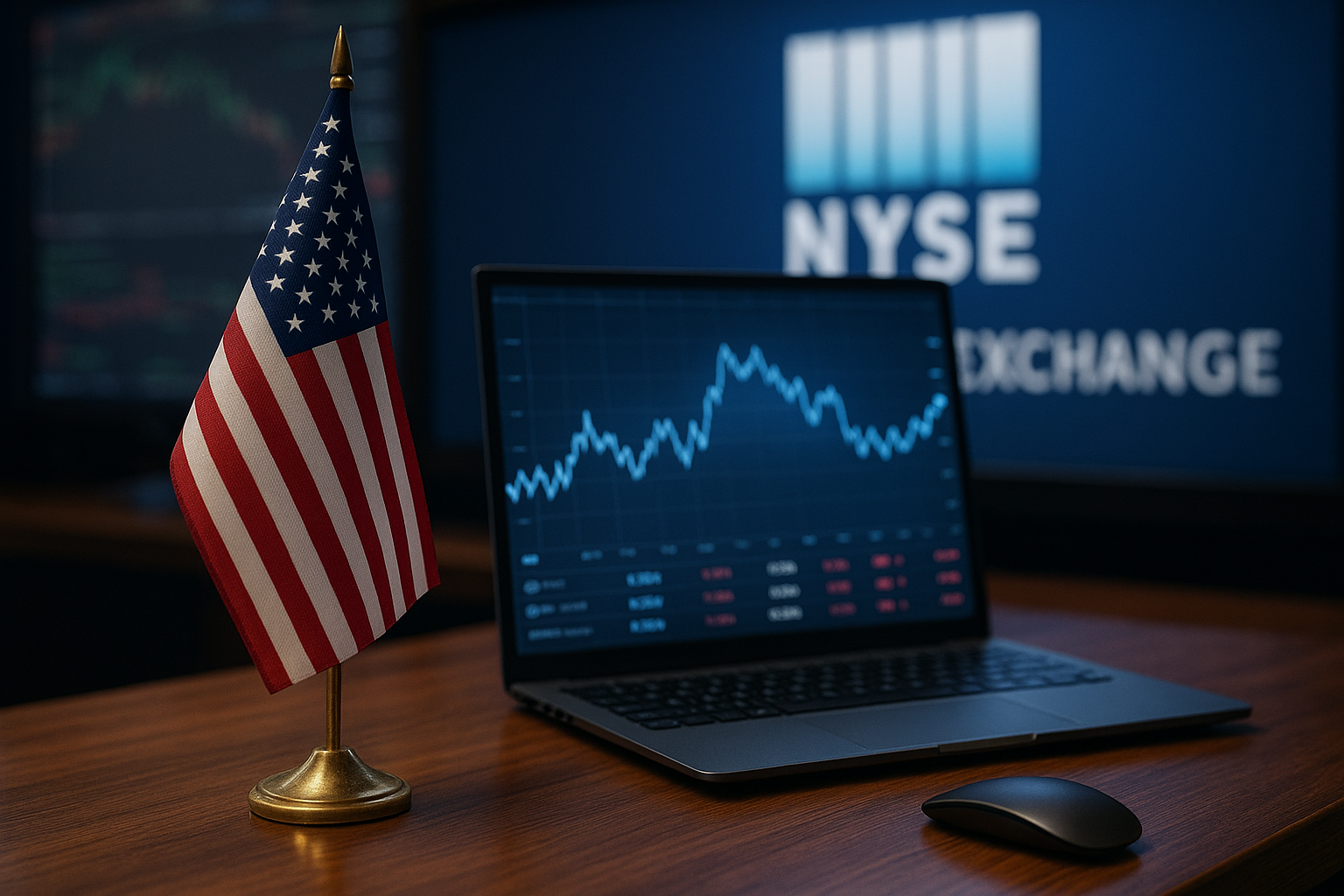A historic moment on Wall Street has investors buzzing: Nvidia briefly surged past a $4 trillion market valuation this week, becoming the first U.S. company to hit that milestone, eclipsing even Microsoft and Apple in total market value. The rally, fueled by surging demand for AI chips and hyperscale infrastructure, is being hailed as a defining moment for the artificial intelligence era.
As headlines flood newsfeeds and social media timelines, one question dominates investor conversations: Has Nvidia unlocked a new paradigm for growth—or are we nearing the top of the AI trade?
AI Hysteria Meets Historic Milestone
Nvidia’s meteoric rise is no accident. Over the past 24 months, its market cap has nearly quadrupled, lifted by a tidal wave of institutional demand for its H100 and A100 chips—silicon powering everything from ChatGPT to hyperscalers like Amazon, Google, and Meta.
According to Reuters, the latest leg of the rally was driven by bullish institutional flows, upbeat forecasts, and a wave of government incentives fueling AI data center expansion. Barron’s noted that Nvidia now commands over 80% of the global market share for AI accelerators, making it the undisputed leader in the infrastructure layer of artificial intelligence.
Shares soared 15% over the past month alone, briefly lifting the stock past $1,620 before closing slightly below that threshold due to mild profit-taking.
Why This Matters for Investors
The AI boom is not a passing phase—it is reshaping market structures and sector leadership. From productivity software to autonomous robotics, artificial intelligence is infiltrating nearly every vertical, and Nvidia sits squarely at the core of this transformation.
Wall Street analysts remain split on valuation. While Morgan Stanley reiterated an “Overweight” rating, citing Nvidia’s revenue forecast of $230 billion by 2027, some analysts warn of frothy multiples. Forward P/E ratios north of 45 suggest premium pricing, requiring sustained hypergrowth to justify.
Still, BlackRock, Goldman Sachs, and ARK Invest have all increased their exposure to Nvidia and adjacent AI chipmakers, citing secular tailwinds that extend well into the next decade.
Future Trends to Watch
- Regulatory Scrutiny: The U.S. Commerce Department is weighing further export restrictions on AI chips to China. This geopolitical risk could impact Nvidia’s overseas revenue, particularly from data centers in East Asia.
- Rising Competition: While Nvidia dominates for now, rivals like AMD, Intel, and Alphabet’s custom TPU chips are scaling up efforts. Investors should keep an eye on announcements from these challengers at the upcoming Hot Chips Conference in August.
- AI Infrastructure Boom: Data center REITs, power grid modernization firms, and cooling systems providers are seeing second-order demand spikes from AI’s rise. This suggests broadening opportunities beyond chipmakers alone.
Key Investment Insight
For long-term investors, Nvidia’s breakout signals more than a tech rally—it’s the crystallization of the AI industrial cycle. While valuations may be stretched, structural demand remains robust. Exposure to AI infrastructure—either through Nvidia or the broader ecosystem including ASML, TSMC, Broadcom, and Arista Networks—may offer the best asymmetric upside.
That said, diversification remains critical. AI-driven volatility will persist, particularly as macro headwinds like inflation, rate expectations, and regulatory friction continue to evolve.
Stay Ahead with MoneyNews.Today
Nvidia’s $4 trillion milestone is more than a number—it’s a market signal. Whether you’re riding the AI wave or assessing new entry points, keeping informed is your edge.
Subscribe to MoneyNews.Today for daily investor briefings, sector breakdowns, and credible financial insights that keep your portfolio aligned with where the world is headed.





